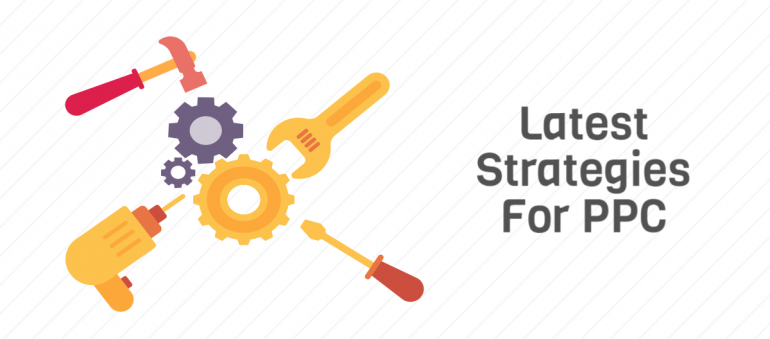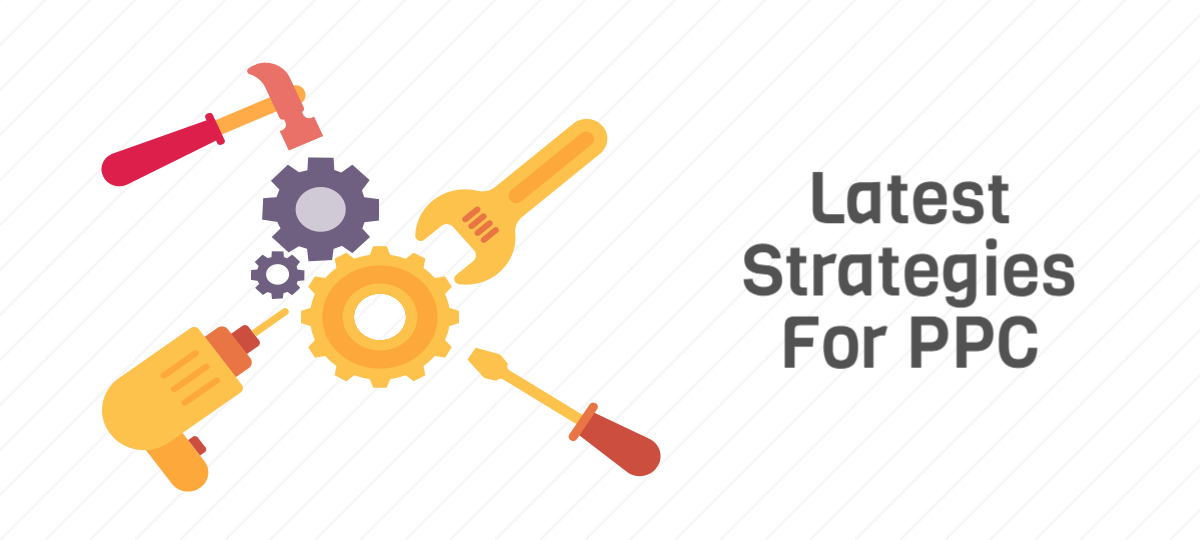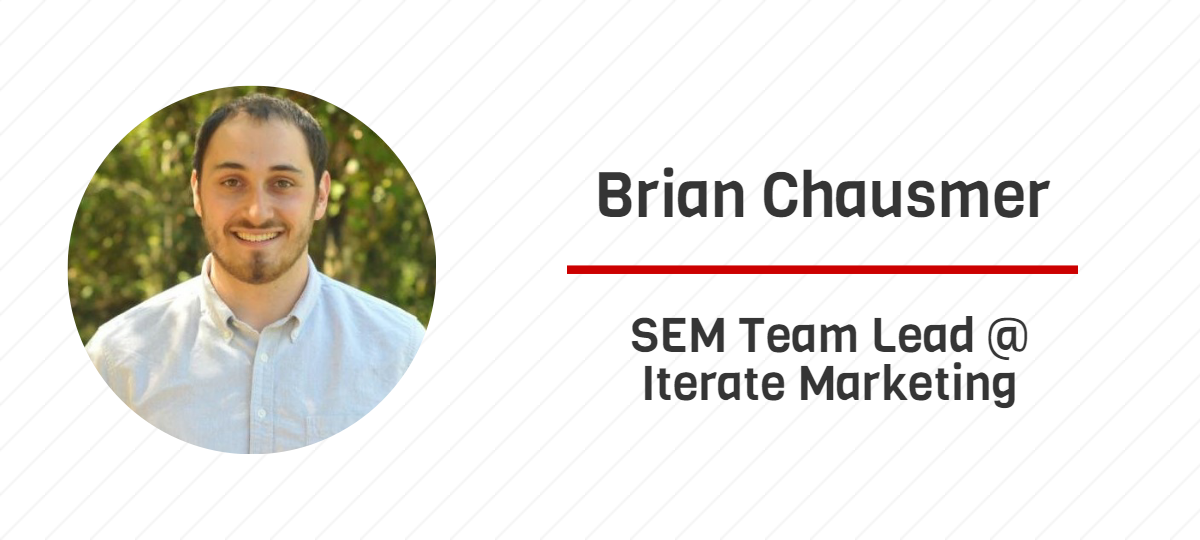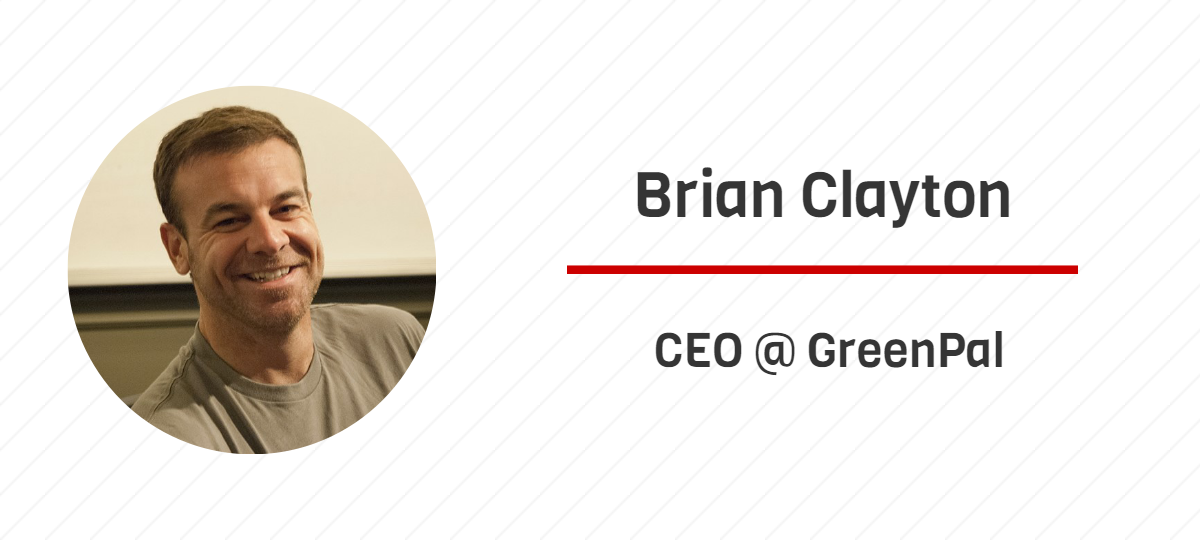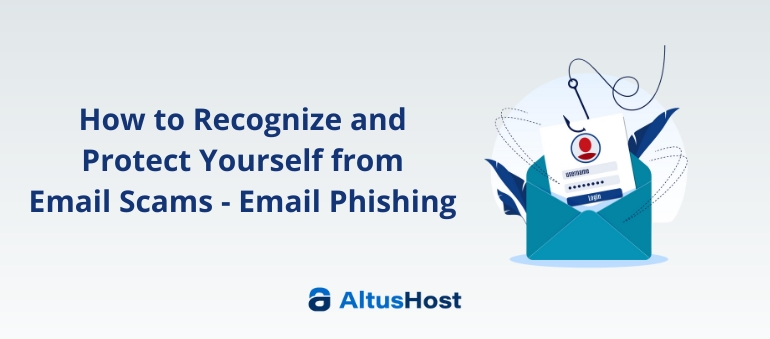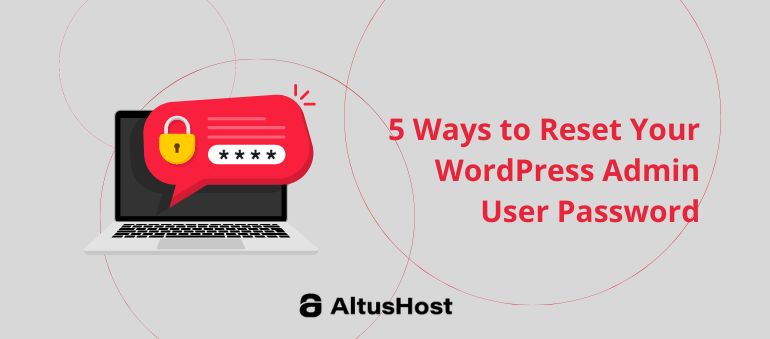Apart from generating traffic, the thing that’s always on every single online businessman’s mind is: “How do I get more people to convert on my site?”
Most of us who make a living from what we do and sell online, wake up and go to sleep with this thought in our minds.
Why? – Well, because, you want your efforts to pay off. Creating a good and intelligent web business isn’t really that easy. You need to seriously get your hands dirty if you want to create something that will actually serve to people and help them improve their lives and work on various different levels.
Without offering those sort of benefits at hand, you cannot expect to grow your customer base.
In today’s world, building a pretty a well-optimized site isn’t nearly enough to make you a successful online businessman. No. In order to create some actual leads and customer, you must regularly produce intelligent content that solves problems for your target audience, become extremely active on all sorts of social media channel and forums, create good backlinks from high authority website, do PR, reach out to new clientele and potential partners, list your website in various popular niche directories, and invest in paid advertising.
It’s All About Generating Traffic
As I already wrote once on this blog, there are onlytwo ways to generate traffic to your site:
1. Optimizing your content so you can rank for relevant queries organically.
2. Paying for it.
If you have some money to spend, the later is always better because it can help display your messages a lot faster in front of your targeted crowd. But, if you don’t really understand how to use PPC tools, your efforts will probably go down the toilet.
You’ll see a lot of people coming to your site and leaving it, without taking any action on it. This sort of scenario is a complete nightmare to anyone who makes his or her bread and butter from their online activities.
Every marketer strives to increase conversion rates in PPC. However, many different people use a lot of different concepts to increasing it engagement on their sites. Some think that small changes are important, while others believe that it’s always better to start again from scratch. PPC and email marketing are similar, in the sense of getting your creative proposals recognized and clicked by people. This is only of the half battle achieved. Making people buy your products via these channels is the real test here. So, having all this in mind, I decided to reach out and ask a few industry expert to share their strategy on:
How To Effective Use PPC Marketing To Drive Quality Leads To Their Website?
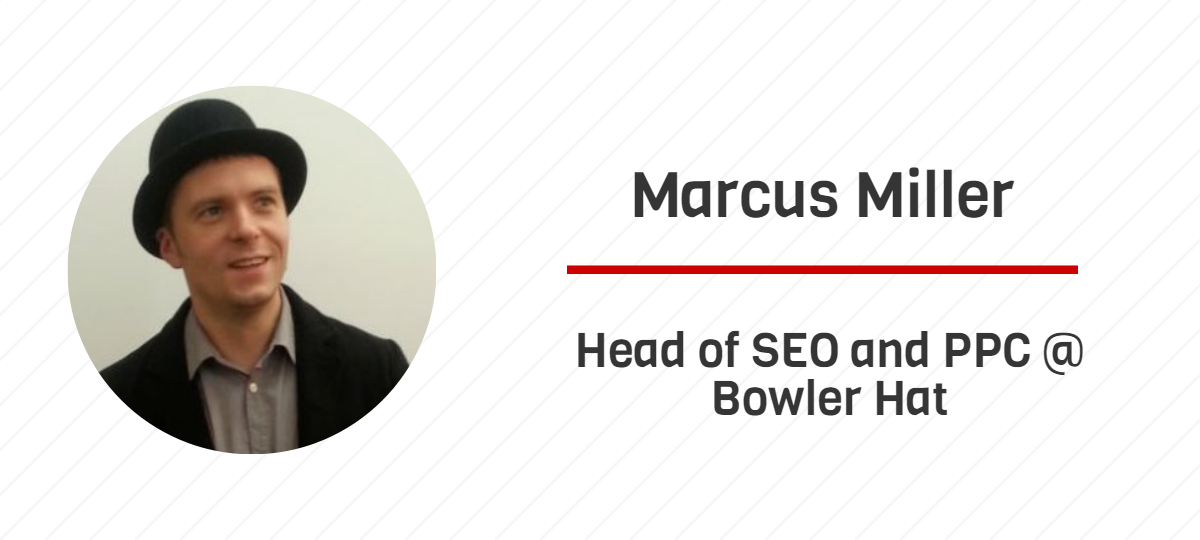
The basics never change. At Bowler Hat we see fads and new platforms springing up and these can be useful, especially since we can often generate an improved ROI from new platforms. However, we have to fish where the fish are and Google AdWords and Facebook ads are largely where it is at in the PPC world.
In Google AdWords the big wins are around quality score. You have to relentlessly focus on the quality of your adverts. Break ads into smaller groups. Use the keywords that you know work. Track conversions. Add in a full range of site extensions and test, test, test. AdWords wants to see relevance and performance so make sure the messaging from search term to advert copy to landing page is consistent and fine tuned. Focus on CPC and user engagement to ensure Google knows these ads are performing and you can drive up clicks and performance whilst reducing costs.
Use the ads that are best suited to your business type – if you are an online shop you will likely find that Google Shopping Adverts work far better than traditional text adverts. However, you may find that text adverts work for categories. Experiment, measure and refine. There are no generic one-size-fits-all answers here.
Most importantly of all your PPC ads should within a well-defined strategy and sales process.. It is much easier to use social ads to get a prospect to download a free whitepaper or ebook than it is to get them to convert. If this then gets them on to your remarketing and email lists and you can nurture them towards the final sale. The biggest mistake of all is trying to get prospects from A to Z in a single step – this just smells like advertising and folks can tune it out. However, if you can help them and deliver value and illustrate your credibility all at the same time – deliver messages that they are grateful to receive, moving them to a customer will be much more successful.
1) Alpha/Beta Account Structure – For accounts with spends over four or five digits, the alpha/beta structure with Single Keyword Ad Groups (SKAGs) is one of the best approaches to account builds. An entire campaign with broad match modifier keywords only is the easiest way to mine for new keyword themes, negative keywords and new verticals to push your targeting into. Likewise, as those BMM keywords start to convert in the form of new search terms, they are added to your alpha campaign, which is entirely exact match. That alpha campaign does not generate new NKW or targeting opportunity but will drive the majority of your conversion volume at a CPA target better than your goal. The beta campaign will gradually drive CPA up as well without ongoing optimization, but when managed properly it shouldn’t be too far off your target CPA or ROAS. The SKAGs should also have 3-5 sets of ads, testing ad copy and unique selling propositions, concluding those tests as quickly as the data allows and rotating fresh copy in based on winners.
As always, campaigns should be tightly themed so that ad copy and targeting isn’t cross-pollinating in any way.
2) Layered Remarketing Lists for Search Ad (RLSA) Campaigns – If you aren’t running RLSAs, well, you should be. Users now, more than ever, are inclined to take multiple visits and days before they fill out a form or make a purchase, and that’s because they are spending time away from your site looking at your competitor’s offerings. If you’re converting at 2% then you’re letting 98% of your visitors slip through the cracks, remarketing is an incredibly powerful way to bring some of that 98% back.
The most powerful way to do this is with layered audiences that match up to the conversion funnel. Your “Top of Funnel” audience would be all website visitors: they are more qualified than just any-ol’-searcher, but not so qualified that they were a click away from giving you their business. My second audience is usually “product viewers” for eCommerce or “service viewers” for lead gen. These users took the step to look at what you have to offer, but didn’t add to cart or fill out that form. My third audience is a “checkout/cart viewers” or “application page” types. If you have a proper checkout and cart page, or a page with a long lead form, you’ll likely see some abandonment here. People are spooked by a number of things, and it’s crucial that your ad copy for this “cart abandonment” campaign speaks to that. When broken down, here’s what the campaigns look like:
Campaign #1: RLSA – All Visitors
Campaign #2: RLSA – Product Viewers/Service Viewers
Campaign #3: RLSA – Cart Abandoners/Application Viewers
To remove all cross-pollination, add previous converters or leads as a negative audience, and then assign a negative audience to list as you move down the funnel. Campaign #2 should have Campaign #3 as a negative audience, while Campaign #1 should have Campaign #2 and #3 as a negative audience. This ensures your messaging is targeted at the precise audience in each list, and doesn’t run the risk of targeting anyone else. Increase your bids on keywords as you move down the funnel: your keywords in Campaign #3 should have extremely high impression share and very little loss due to rank or budget. This will be a very high converting, low CPA campaign.
You can replicate this same structure with display remarketing campaigns, and your images and copy should speak to the user depending on where they fall in your audience funnel.

When optimizing Google AdWords campaigns, conversion tracking is king. With proper conversion tracking in place, you can identify the strengths and weaknesses within any account. There are numerous ways to optimize PPC campaigns, but conversion tracking is where it all starts.
At AdLeg, we set up every type of conversion tracking possible. Most people are aware that you can put conversion tracking code on a “thank you” page in order to track sales or signups. Many people also use Google forwarding phone numbers in their ads to track calls people make directly from their ads. Other types of conversion tracking are used much less commonly.
Depending on what country you’re in, you may be able to use Google forwarding phone numbers on your website. With the code properly installed, every visitor to your website will see a different phone number. When a number is called, it is forwarded to you. Google can then trace the call back to the AdWords click so it will show up as a conversion in your campaign. Set the timeframe for this conversion to 60 days (the maximum) so the tracking number doesn’t expire right away.
There are also third-party call tracking companies that will allow you to track phone calls people make after landing on your website. Most of these call tracking services can be set up to report your calls in Google Analytics. You can then link your Analytics account to your AdWords account and the call conversions will be visible in AdWords.
Another thing worth tracking is when someone clicks on an email address on your website. This isn’t perfect, since it will track the email click even if the email isn’t sent. However, it does paint another part of the picture that helps you see how people are interacting with your website after clicking your AdWords ads.
If you’re using a website chat add-on, you can usually track people who use that feature too. Ask your chat software provider how to track these conversions. If they don’t know, ask a web developer to take a look. I’ve had to have my web developer create custom code in order to track website chat box activity, but it has been well worth it.
After tracking all of these conversion actions, you will have a lot more data to work with. If you want to split the data apart to analyze each type of conversion separately, you can click the “Segment” button, then select “Conversions” and “Conversion name.” This will give you or your AdWords campaign manager a much deeper understanding of what is and isn’t working in your account so it can be optimized more effectively.
We leverage our data, combined with publicly available census data, for marketing insights.For example, in a recent campaign we ran in Nashville, TN, we ran pay-per-click (PPC) Adwords campaign with one ad targeting the entire metro Nashville area.
The headline read ‘Local Lawn Pros in Nashville are a click away.’ and I thought the performance of the ad was good with a click through rate of over one percent and conversion rate of over 10 percent on the Nashville landing page but we needed to improve on it. We thought, how can we make this more contextual and relevant to the viewer? Se we researched census data, looking at the average income and home values throughout the Nashville area.
We found that East Nashville, an up-and-coming neighborhood, was populated with more working class, and a creative class demographic and we hypothesized this customer segment would be price sensitive but still not want to cut their own lawns. So we segmented those zip codes and only ran a specific ad for them, with a headline ‘The Cheapest Lawn Mowing in Nashville. Lawn mowing from $20.’”We then created a matching landing page.
After running the ad for one month, on-page analytics proved the guess to be true. We saw over 200 percent lift in click-through rate and 30 percent lift in on-page conversion.Studying the data your own business generates can tell you which of your online marketing campaigns works best. Do the ads appeal to your target market or another market altogether? The data may also point to completely new areas of customer interest.
The author is highly qualified and writes blog posts weekly.

